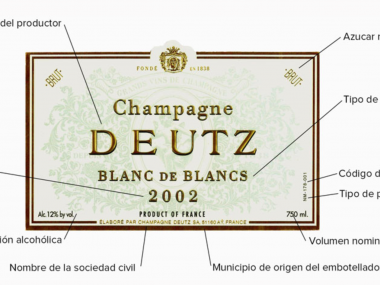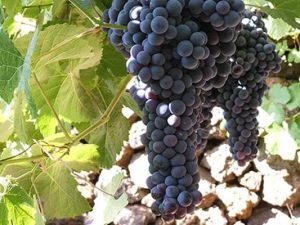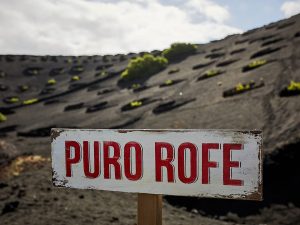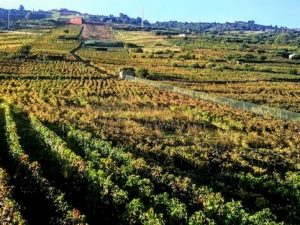If you are a wine connoisseur, you have probably wondered on more than one occasion about the differences between the wines of Ribera del Duero and Rioja. The reality is that it is striking to see how two wine regions that are only two hours away from each other, whose main grape is the famed Tempranillo, and which, apparently, share many of the same ripening and storage processes, can produce such different wines.
In this post we will give you some clues to help you understand the difference, so you can impress your family and friends by presenting yourself as a true expert.
do you want to know the main differences between a Rioja and a Ribera del Duero? Read on!
Antiquity
In 1925, Rioja wine was designated as a designation of origin, and in 1991, as a qualified designation of origin, which is only given to wines of exceptional quality
Ribera del Duelo wine was recognised as an appellation of origin in 1982, although it does not have the label of qualified appellation of origin, despite the fact that most specialists consider it to be so.
Geography
Although both appellations refer to the north of Spain, they cover different localities and regions
- Rioja Alta, Rioja Alavesa and Rioja Baja are the three geographical sub-denominations of the Rioja designation of origin, which generally correspond to the areas of La Rioja, Álava and Navarra, respectively. It is an appellation with a very varied orography, from warm plains to cliffs and terraced crops.
- The Ribera del Duero appellation covers the easternmost part of the Castilian-Leonese provinces of Segovia, Valladolid, Soria and Burgos, and its orographic variation is similar to that of a valley slope. That is to say, areas of high flooding, rural areas and areas of low flooding.
Climate
- The Sierra de Cantabria and La Demanda mountains buffer La Rioja from the icy winds. As a result, it has a temperate continental climate. Winters are mild, autumns are warm and summers are not too hot. The grapes ripen more deeply and have a higher level of subtleties due to the milder climate
- The climate of the Ribera del Duero region is continental and semi-arid, with long, cold winters, hot summers and little rainfall. Grape ripening is shortened and concentrated as a result of these temperature variations. In addition, rainfall is 30% lower than in Rioja. As a result, the flavour is more robust and full-bodied.
Type of grapes
Tempranillo is the main grape in both Rioja and Ribera. However, the grape varieties used to complement the wines vary
- In Rioja, red grapes such as garnacha, graciano, mazuelo and maturana are used. And unlike Ribera, a certain percentage of Tempranillo is not required for its production.
- On the other hand, Tempranillo is the most popular grape in Ribera wine. A wine must contain at least 75% Tempranillo to qualify for the appellation
A fascinating fact is that 9 out of 10 Ribera wines are made entirely from Tempranillo. The rest is made from French grapes such as Cabernet Sauvignon, Merlot and Malbec.
The amount of alcohol
Ribera del Duero wines tend to have a higher alcohol concentration. Due to environmental circumstances, the grapes take longer to ripen, resulting in a higher sugar content, which is converted into alcohol during the fermentation process.
In terms of alcohol content, the difference between Rioja and Ribera del Duero can be one alcoholic degree. This is why Ribera del Duero wines are more alcoholic and structured.
Body
New French oak is more commonly used in Ribera, and American oak has long been used in Rioja, usually for various purposes
Traditional Rioja wines have aromas of coconut, leather or game, while Ribera reds have traces of vanilla and other spices.
Colour
In general, the colours of Ribera del Duero wines are more vibrant. Climate has a great impact on anthocyanins, the phenolic chemicals that define wine colour. The greater the thermal contrast, the greater the presence of anthocyanins; as a result, Ribera del Duero wines tend to have more layers of colour.
Price
Ribera del Duero wine tends to be more expensive than Rioja. Rioja has a larger vineyard area and a more temperate environment.
Now that you know the differences between a Rioja and a Ribera del Duero, you can say you are an expert!






